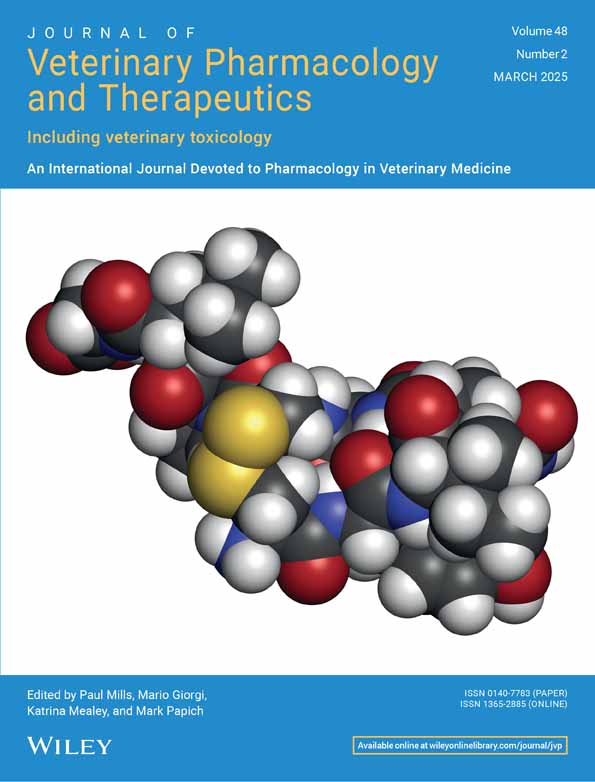Biosafety and Withdrawal Period of In-Feed Administered Antiparasitic Drug Emamectin Benzoate in Cirrhinus mrigala (Hamilton, 1822)
Funding: This work was supported by Indian Council of Agricultural Research, Ministry of Agriculture and Farmer's Welfare, Government of India.
ABSTRACT
Parasitic infestations are one of the most economically important disease conditions in the Indian major carps including mrigal, Cirrhinus mrigala. This study reported the biosafety and tissue withdrawal of in-feed administered antiparasitic drug, emamectin benzoate (EMB). To evaluate the biosafety of the drug, behaviour, growth and tissue changes in Cirrhinus mrigala was recorded the following in-feed administration of EMB up to 10 times (T1–50 μg kg−1 fish day−1 (1×), T2–125 μg kg−1 fish day−1 (2.5×), T3–250 μg kg−1 fish day−1 (5×), T4–375 μg kg−1 fish day−1 (7.5×) and T5–500 μg kg−1 fish day−1 (10×)) for the period of three times the recommended duration (7 days). The withdrawal period was calculated by feeding EMB at 50 μg kg−1 fish day−1 for consecutive 10 days followed by EMB-free feed. The results revealed that the drug is safe to mrigal up to ten times the recommended dose, while the fish fed with the highest dose (500 μg kg−1 fish day−1) showed transient histological alterations. The feeding behaviour is affected with poor acceptability beyond 5× dosages. The drug residue at the concentration below the MRL (1.0 μg g−1) in the muscle tissue on the day of cessation of medicated feed administration indicates no requirement of the withdrawal period. The study suggests that EMB can be safely used at 50 μg kg−1 fish day−1 for 7 consecutive days, and no withdrawal period is required without affecting the feeding behaviour and tissue histological alterations.
Conflicts of Interest
The authors declare no conflicts of interest.
Open Research
Data Availability Statement
The data that support the findings of this study are available from the corresponding author upon request.




